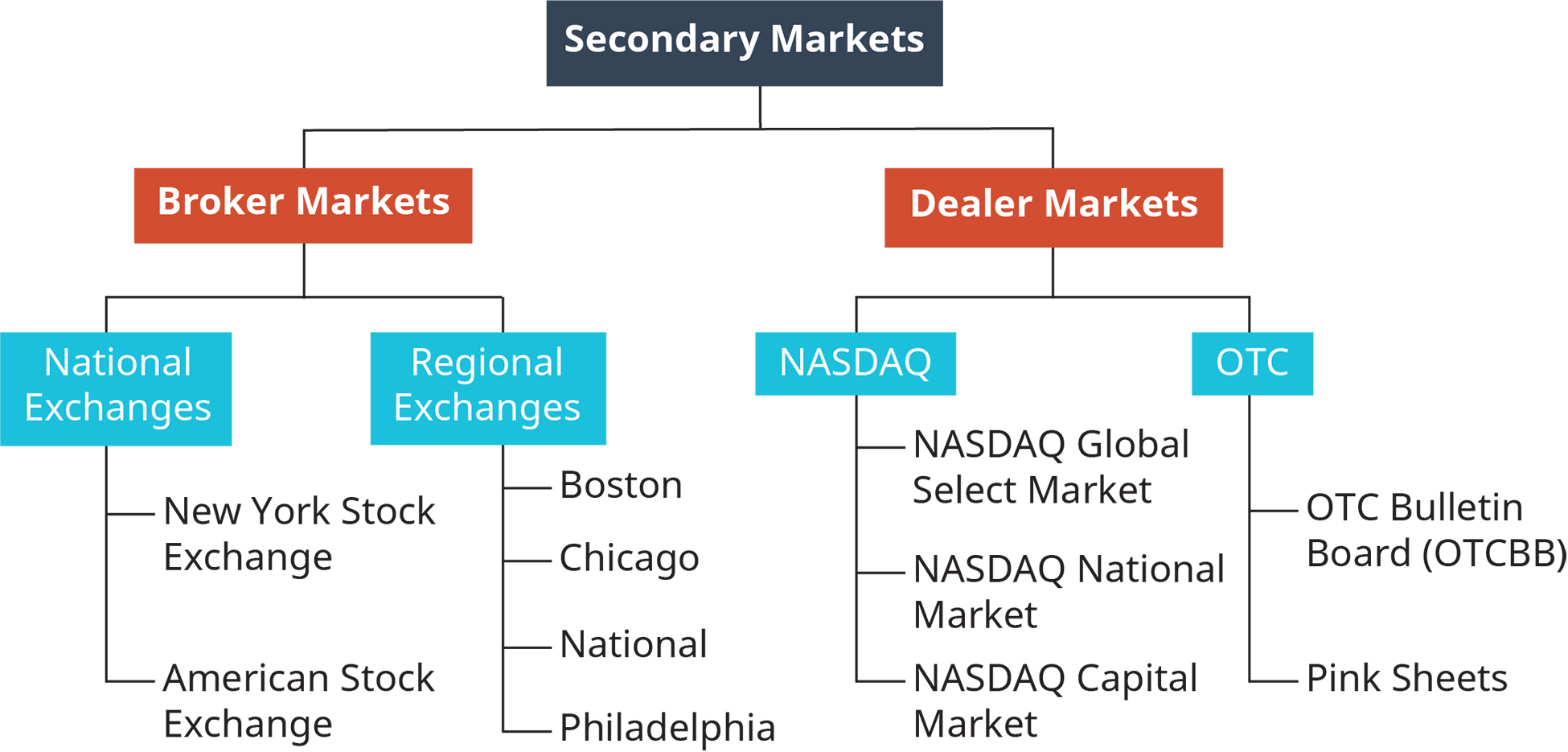Investing in foreign emerging markets has become an increasingly popular strategy for investors looking to diversify their portfolios and tap into high-growth opportunities. With the rise of exchange-traded funds (ETFs), accessing these markets has never been easier.
In this article, we will explore the benefits and risks associated with investing in foreign emerging markets ETFs, as well as provide tips on how to evaluate and choose the right funds for your investment goals.
What are Foreign Emerging Markets ETFs?
Foreign emerging markets ETFs, or exchange-traded funds, offer investors the chance to tap into rapidly developing economies. Unlike traditional mutual funds, ETFs trade on stock exchanges throughout the day at market prices, providing liquidity and flexibility.
These funds focus on emerging markets that have not yet reached the level of development seen in established countries. They present unique opportunities due to their expanding middle class, abundant natural resources, and increasing consumer demand.
Investing in foreign emerging markets ETFs allows for geographic diversification and potential higher returns, but it’s essential to consider risks such as political instability and currency fluctuations.
Benefits of Investing in Foreign Emerging Markets ETFs
Investing in foreign emerging markets ETFs offers several advantages. Firstly, it provides diversification by spreading investments across different regions and sectors, reducing overall risk.
Research has shown that exposure to these markets can enhance long-term returns due to their high growth rates and potential for significant capital appreciation.
Secondly, investing in foreign emerging markets allows access to some of the fastest-growing economies in the world. These economies are characterized by young populations, rising incomes, and increasing urbanization, creating opportunities for substantial growth.
Additionally, foreign emerging markets often offer exposure to sectors that may not be as prevalent in developed countries. Industries such as technology, e-commerce, renewable energy, and infrastructure development are thriving in these markets, allowing investors to benefit from companies at the forefront of innovation.
Overall, investing in foreign emerging markets ETFs provides diversification, access to high-growth economies, exposure to unique sectors, and potential investment opportunities.
By carefully selecting ETFs aligned with one’s investment goals and risk tolerance, investors can maximize their chances of capitalizing on the growth potential offered by these dynamic markets while mitigating risk through a diversified portfolio.
Risks Associated with Foreign Emerging Markets ETFs
Investing in foreign emerging markets ETFs offers exciting opportunities, but it is crucial to understand the risks involved. Political and economic instability can greatly impact investments in these markets. Factors such as changes in government policies, corruption issues, or social unrest can disrupt market stability.
To navigate this risk, investors must closely monitor geopolitical developments and assess their potential impact on investments.
Currency risk is another significant consideration when investing in foreign emerging markets. Fluctuations in exchange rates between different countries’ currencies can significantly affect investment returns when converted back into the investor’s home currency.
These fluctuations can be influenced by factors such as interest rate differentials or political events. Some ETFs offer currency hedging strategies to mitigate this risk, but it’s important to carefully evaluate whether hedging aligns with your investment objectives and consider any associated costs.
Liquidity concerns also come into play when investing in foreign emerging markets ETFs. These markets may have smaller trading volumes and fewer participants compared to more developed markets. As a result, buying or selling shares at desired prices can become challenging due to wider bid-ask spreads and potentially lower liquidity.
It is essential for investors to thoroughly analyze the liquidity profile of the ETFs they are interested in and ensure that the trading conditions of the underlying market align with their investment strategy.
In summary, while foreign emerging markets present enticing opportunities for investors, it is vital to consider the risks involved. Political and economic instability can disrupt market stability, currency fluctuations can impact investment returns, and liquidity concerns may hinder trading activities.
By staying informed about geopolitical developments, evaluating currency hedging options, and conducting careful analysis of liquidity profiles, investors can make more informed decisions when investing in foreign emerging markets ETFs.
Top Foreign Emerging Markets ETFs to Consider
When diversifying your investment portfolio, exploring foreign emerging markets can provide exciting opportunities. Exchange-traded funds (ETFs) focusing on these markets offer a convenient way to gain exposure and potentially capitalize on their growth potential. One notable fund worth considering is [Insert Fund Name].
With consistent performance and a well-defined strategy, this fund aims to capture the growth potential of its targeted market. Its carefully selected holdings and active management by seasoned professionals make it an attractive option for investors seeking exposure to specific regions or countries within foreign emerging markets.
Conduct thorough research, consider expense ratios, liquidity, and consult with financial advisors before making any investment decisions in order to align your portfolio with your goals and risk tolerance levels.
*Note: Past performance does not guarantee future results. *
How to Evaluate Foreign Emerging Markets ETFs
When evaluating foreign emerging markets ETFs, there are key factors to consider. Start by researching the underlying index or benchmark used by each fund to understand its strategy and potential returns. Analyze expense ratios and other fees to ensure you’re getting good value. Assess liquidity for ease of buying and selling shares.
Examine the composition of holdings to align with your investment objectives. Consider risks unique to foreign emerging markets, such as currency fluctuations or political instability. Lastly, review past performance metrics for insights into tracking and achieving investment objectives.
By evaluating these factors, you can make informed decisions when selecting foreign emerging markets ETFs.
Tips for Investing in Foreign Emerging Markets ETFs
Investing in foreign emerging markets ETFs requires a careful approach to maximize potential returns. Here are some tips to keep in mind:
- Take a long-term perspective: Developing economies can be volatile, so it’s important to have patience and ride out short-term fluctuations.
- Conduct thorough research: Understand the country’s political stability, economic policies, and business practices before investing.
- Consider currency risk: Fluctuations in exchange rates can impact your returns, so assess this risk and consider hedging or diversifying across currencies.
- Assess liquidity and trading volume: Ensure the ETF you choose has sufficient trading volume for easy buying and selling without significant price impact.
- Diversify your portfolio: Spread your investments across different regions or countries to reduce risk and enhance potential returns.
- Regularly monitor and rebalance: Stay updated on market developments and regularly adjust your portfolio to align with your investment goals.
By following these tips, investors can navigate the complexities of investing in foreign emerging markets ETFs more effectively.
Case Studies of Successful Investments in Foreign Emerging Markets ETFs
Investing in foreign emerging markets ETFs can lead to significant growth and diversification opportunities. Let’s explore real-life success stories to understand the potential benefits.
Sarah recognized the potential of India’s market and invested in an Indian stock-focused ETF. Her strategic approach paid off as the Indian economy flourished, resulting in impressive returns.
Mark identified Brazil as a promising emerging market due to its resources and expanding middle class. His investment in a Brazilian sector-focused ETF yielded substantial growth over time.
John achieved consistent returns by diversifying his portfolio through an ETF encompassing multiple emerging markets across Asia and Latin America.
These case studies show that researching, evaluating, and understanding each market is crucial for success when investing in foreign emerging markets ETFs. By adopting a long-term perspective and staying informed about global economic trends, investors can unlock the benefits offered by these investments.
Embracing the Opportunities of Foreign Emerging Markets ETFs
Investing in foreign emerging markets ETFs offers diversification, high growth potential, and exposure to unique sectors. These markets provide opportunities for investors to spread risk, tap into rapid industrialization, and gain access to industries not commonly found in developed countries.
Thorough research and careful evaluation are essential for navigating these markets successfully. By embracing the opportunities presented by foreign emerging markets ETFs, investors can broaden their horizons and enhance their investment returns.
[lyte id=’Q1PMTMYhR_w’]







